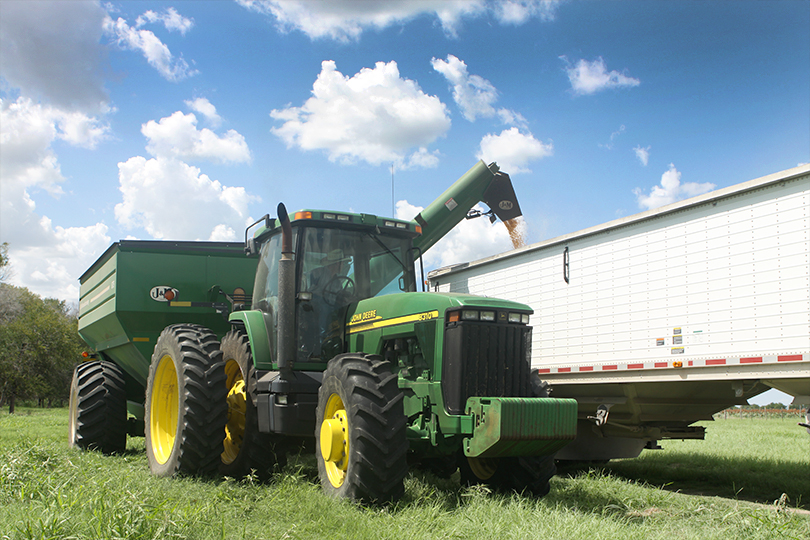By Jennifer Whitlock
Field Editor
The U.S. Department of Agriculture (USDA) designated $3 billion in funding from the Commodity Credit Corporation (CCC) for a series of initiatives to address drought, animal health, market disruptions and school food supply chain issues.
“American agriculture currently faces unprecedented challenges on multiple fronts. The coronavirus pandemic has impacted every stage of our food supply chain, from commodity production through processing and delivery,” U.S. Secretary of Agriculture Tom Vilsack said.
Through the investments, USDA will take action to prevent the spread of African swine fever (ASF), assist farmers and ranchers and help schools source healthy meals, according to a statement released by the agency.
The $3 billion in funds will be used to provide:
- $500 million to support drought recovery and encourage farmers to adopt water-smart management practices. USDA’s Farm Service Agency, Natural Resources Conservation Service and Risk Management Agency will appropriate funding for drought recovery and water conservation.
- Up to $500 million to prevent the spread of ASF through robust expansion and coordination of monitoring, surveillance, prevention, quarantine and eradication activities through USDA’s Animal and Plant Health Inspection Service. Although ASF has not been found in the U.S., there is much concern because the disease was recently confirmed in nearby Haiti and the Dominican Republic.
- $500 million to provide farmers, ranchers and agribusinesses relief from market disruptions, such as increased transportation challenges, availability and cost of certain materials and other marketing and distribution issues.
- Up to $1.5 billion to help schools respond to food supply chain disruptions. USDA’s Food and Nutrition Service and Agricultural Marketing Service will partner with school districts and “school food professionals” to help increase access to healthy school meals.
It is not yet clear exactly how much of the funding will go toward program administration and how much will be made available in the form of financial assistance for farmers, ranchers, other agribusinesses and schools.
Vilsack noted the funds will complement USDA’s existing Pandemic Assistance for Producers and Build Back Better initiatives.

